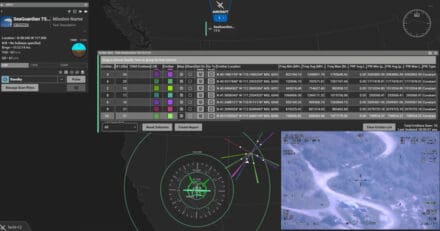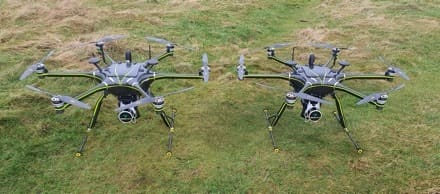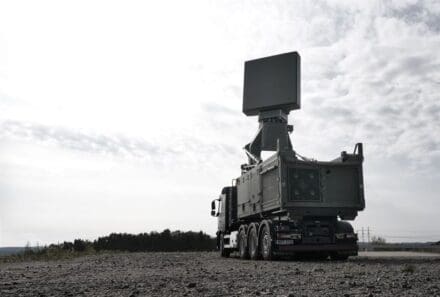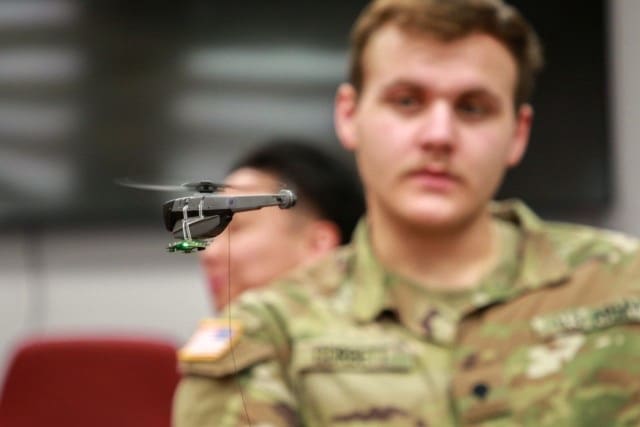SOFWERX, in collaboration with USSOCOM Program Executive Office – Maritime (PEO-M), will host a series of events to identify solutions for the Next Generation Maritime Optical Systems for the Naval Special Warfare Combatant Crafts.
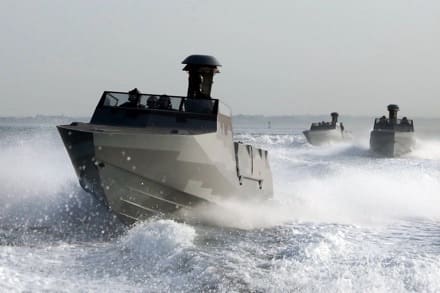
The Next Generation Maritime Optical Systems Collaboration Event seeks to bring together USSOCOM PEO-M Stakeholders with industry leaders and Subject Matter Experts (SMEs) to foster collaboration and gain valuable insights into the current state of the Maritime Optical System market, as well as identify emerging technologies and planned future advancements. This exchange will directly inform the requirements for the upcoming Next Generation Maritime Optical Systems for the Naval Special Warfare Combatant Crafts and ensure the requirements reflect the most cutting-edge and innovative solutions available.
The collaboration will be crucial in delivering a state-of-the-art system that prioritizes both operator and craft safety and survivability, ultimately enhancing mission effectiveness in challenging maritime environments.
The legacy Combatant Craft Forward Looking Infrared (CCFLIR) program equipped Special Operations Forces (SOF) with a critical multi-sensor, electro-optic system. This system significantly enhances SOF effectiveness by improving their ability to detect, recognize, identify, range, track, and highlight objects of interest in challenging maritime environments, regardless of visibility conditions.
Building upon this foundation, the CCFLIR, Increment 2 (CCFLIR2), leveraged technological advancements for a new generation of capabilities. These included increased operational range, advanced image fusion, net-centric data sharing, enhanced information assurance, improved signature management, and seamless integration with craft and combat systems. These upgrades directly support the operational requirements of the Navy’s newer Special Warfare Combatant Craft, ensuring mission success in contested and complex maritime theaters.
This event will unite USSOCOM SOF AT&L PEO-M, industry leaders, and subject matter experts to collaboratively shape the future of maritime superiority. Together, we will define the Next Generation Maritime Optical System for our Combatant Craft fleet, ensuring our advantage both today and for decades to come.
The goal is to leverage cutting-edge technology to significantly enhance the current Maritime Optical System capabilities (CCFLIR and CCFLIR2) in several key areas:
Increased Operational Range:? Extending the Electro-Optical and Infrared (EO/IR) effective reach.
Advanced Image Fusion: Combining data from different sensors for a clearer tactical picture.
Net-Centric Data Sharing: ?Seamlessly sharing real-time information across the network.
Enhanced Information Assurance:? Protecting sensitive data from unauthorized access and cyber threats.
Improved Signature Management: ?Minimizing multi-sensor detectability.
All-Weather Capability: Unhindered by darkness, fog, smoke and adverse weather conditions.
Seamless Craft and Combat Systems Integration: Ensuring the EO/IR system connects seamlessly with other onboard systems.
Increased Sea State Operation: Ensuring the EO/IR system can survive operations during Sea State 5 conditions.
Ensuring Increased Maintainability: Especially regarding fragile components like glass and cables, requires a multi-pronged approach focusing on design, material selection, and maintenance procedures.
Decreased Footprint: System shall have a smaller footprint then the current Combatant Craft Forward Looking Infrared (CCFLIR 2) from a size, weight and power standpoint.
These upgrades are crucial for equipping the Navy’s Legacy and Future Combatant Crafts, ultimately enhancing both crew and craft survivability and effectiveness in challenging operational environments.
The first event is scheduled for 10 June 2025.
Request to Attend NLT 23 April 2025 11:59 PM ET.
Learn more here.



